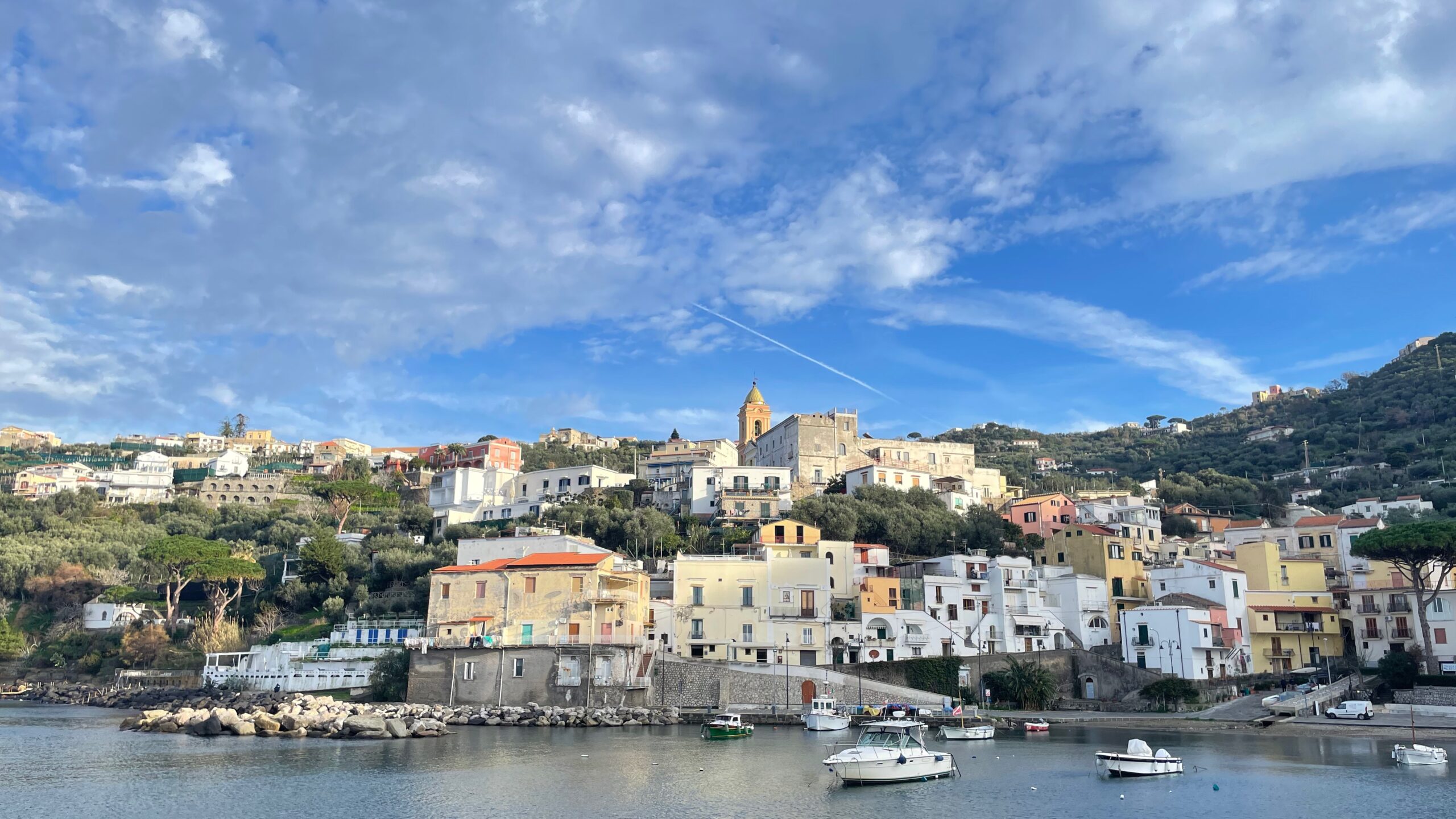
Imagine a place where rugged cliffs kiss the azure waves of the Mediterranean, where lemon groves scent the air, and where centuries-old architecture stands as a testament to a rich cultural heritage. This is the Sorrento Peninsula—a slice of Italian paradise that has enchanted travellers, poets, and artists for generations.
But how has this region managed to retain its idyllic charm in an age of relentless development and urban sprawl? The answer lies in the visionary legal protections that have shaped its destiny. Let’s delve into the fascinating history of the Sorrento Peninsula’s construction laws and discover how they’ve preserved this gem for future generations.
A Visionary Declaration in 1967
In 1967, recognizing the unparalleled beauty and cultural significance of the Sorrento Peninsula, the Italian government took a bold step by declaring it a “Landscape of Notable Public Interest.” This wasn’t just a ceremonial title—it was a commitment to safeguarding the region’s natural splendor and historical integrity.
Although it didn’t halt construction completely, it introduced controlled development:
- Authorization Required: Any new construction or significant alteration required prior approval from the Superintendency for Environmental and Architectural Heritage.
- Harmony with the Environment: Projects were meticulously assessed to ensure they complemented the natural landscape and architectural traditions.
- Local Autonomy with Oversight: While municipalities retained some planning autonomy, their decisions were guided by overarching preservation goals.
This approach allowed for growth and modernization while keeping the peninsula’s essence intact.
The Galasso Law of 1985: Strengthening the Guardrails
As environmental awareness grew globally, Italy reinforced its commitment with the Galasso Law (Law No. 431/1985). This legislation cast an even wider protective net over regions like the Sorrento Peninsula.
The Galasso Law escalated conservation efforts and introduced greater restrictions:
- Automatic Protection: Coastlines, rivers, forests, and areas of environmental value were safeguarded without the need for specific declarations.
- Stricter Authorization: New constructions faced rigorous scrutiny, requiring regional—and sometimes national—approval.
- Limiting New Builds: While not an outright ban, the hurdles became significant enough to effectively limit most new developments that could harm the environment.
This shift prioritized ecological preservation over unchecked expansion, recognizing the long-term value of natural and cultural assets.
The Ripple Effects on Development
The legal protections have profoundly shaped the Sorrento Peninsula’s growth, mostly for the better, but to the frustration of some residents.
Preserving Natural Beauty: Thanks to strict construction laws, the stunning landscapes remain unspoiled. The dramatic cliffs, lush hillsides, and panoramic views are just as captivating today as they’ve always been. This commitment has kept the environment pristine, allowing nature to flourish without the intrusion of excessive development.
Boosting Sustainable Tourism: By limiting new construction, the peninsula has retained its authentic charm, attracting travelers seeking genuine experiences. Tourism thrives on quality over quantity, with visitors appreciating the preserved beauty and rich culture. This approach has bolstered the local economy without compromising the environment.
Environmental Conservation: Protecting the landscape has safeguarded local ecosystems. Wildlife habitats remain intact, and the region avoids issues like soil erosion and pollution that often accompany overdevelopment. The peninsula serves as a model for how environmental stewardship and human activity can coexist harmoniously.
Impact on Real Estate: With restrictions on building, existing properties have become more valuable. This has led to restoring and renovating historical structures, which maintains the architectural heritage and supports local craftsmen. However, this has led to increased house prices which has meant that some people can no longer afford to live there.
Too strict?: Some locals feel that the rules are too strict since it is practically impossible to do any construction work, even small adjustments to existing properties.
Conclusion
The Sorrento Peninsula serves as a compelling case study in balancing development with preservation.
In an era of climate change and environmental crises, protecting natural landscapes isn’t just aesthetically pleasing—it’s essential for ecological sustainability. By safeguarding historical sites and traditional ways of life, the peninsula ensures that its rich stories and heritage aren’t lost to time. Tourism based on preserved natural and cultural attractions is more sustainable in the long run than that reliant on rapid development and short-term gains.
However, the draconian way that these restrictions are enforced has angered some locals and meant that many people can no longer afford to live on the Peninsula.
